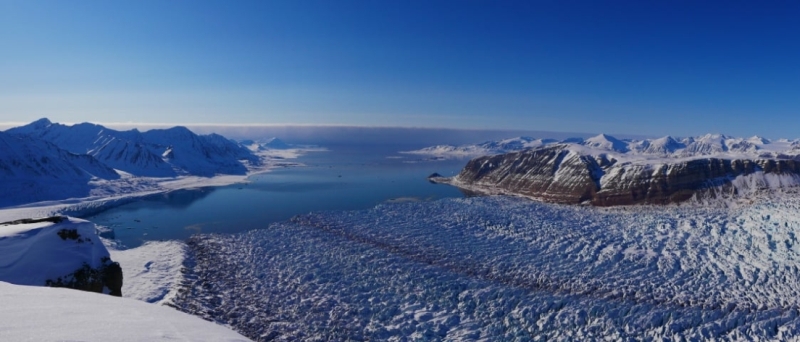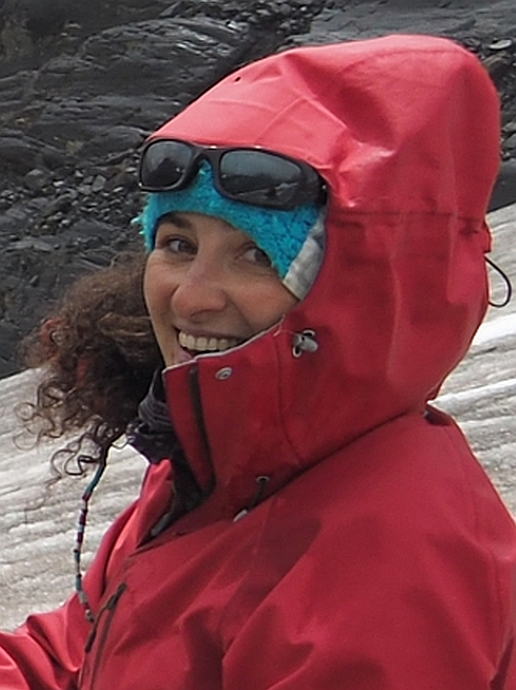The PhD defence and trial lecture will be held in Auditorium 1 in The Geology Building. In some cases, it will be possible to attend the trial lecture and dissertation digitally, in that case a link to Zoom will be posted.
Trial lecture
Thursday 30 November, 10:00 -10:45, Aud 1, The Geology Building
Unpacking global ice loss: relevant mechanisms and processes
Conferral summary (in Norwegian)
Fremstøtsbreer (surgende isbreer) forekommer ofte i Arktis. Fronten av isbreen fryser fast til underlaget, isen akkumulerer og smelter under trykket, og rykker frem. I dette doktorgradsarbeidet undersøkes den komplekse dynamikkene til fremstøtbreer, deres unike egenskaper, og de faktorene som driver deres ustabilitet. Den legger vekt på samspillet mellom faktorer som sprekkeformasjon, transport av subglacialt vann, bunnslipp og sedimentdeformasjon i å starte og spre midlertidig fremrykk av isbreen.
Main research findings
Popular scientific article about Bouchayers’s dissertation:
Transient glacier dynamics and subglacial hydro-mechanical processes
The Cryosphere, encompassing elements like sea ice, permafrost, snow, glaciers, and ice sheets, faces a grave threat from ongoing climate change and can significantly impact ecosystems, human lives, and livelihoods. Understanding their dynamics is essential to predict their future and inform mitigation strategies. One critical concern within the Cryosphere is the flow of glaciers and ice sheets directly affecting sea-level rise. Particularly, the character transient of some glacier flow is yet not well understood as the answer is hidden in the glacier subglacial environment, challenging to access.
This doctoral research focuses on constraining further these processes, with a primary focus on surge-type glaciers. Surge-type glaciers exhibit cyclic rapid flow, followed by slow movement. The study is based on multiple direct and indirect subglacial measurements at various spatio-temporal scales and integrates multiple methodologies, including data analysis, machine learning, and cryoseismology. The research reveals that surge-type glaciers have distinct attributes in certain areas, triggering instability. The doctoral work emphasizes the feedback between crevasses formation, subglacial water transport, basal slip and glacier flow acceleration as driver for glacier instabilities. The interplay between the subglacial water transport and sediment mechanic is explored to gain insight into the precise processes underlying these instabilities of a surging glacier.

Photo and other information:
Press photo: Coline Lili Mathy Bouchayer, portrait; 500px. Photo: Private
Other photo material: Panorama photo with description and credit as specified in the article above, size 1600px.
